The moment I open the driver’s door, there’s a “striking” clue that I am dealing with no ordinary Volvo 240. Positioned next to the seat is what at first appears to be a second handbrake lever. On closer inspection, however, it turns out to be a hefty truncheon – mounted for easy access in case of carjack or kidnap attempt.
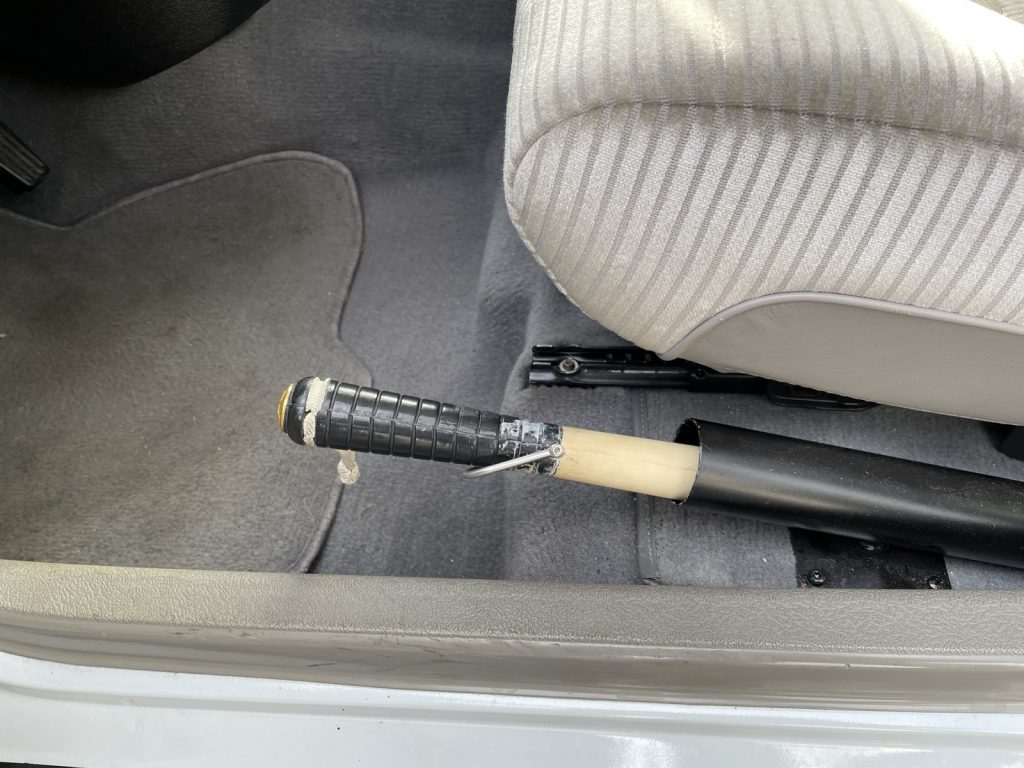
The car’s original keeper was justifiably paranoid. As CEO of Volvo in 1988 Pehr Gustaf Gyllenhammar had every reason to be concerned for his safety. Not only was Gyllenhammar Sweden’s most high-profile industrialist, he was tipped to become leader of the Liberal People’s Party, perhaps even Prime Minister.

Mind you, Swedish politics was a dangerous game in the Eighties. Just two years earlier, PM Olof Palme was assassinated outside a Stockholm cinema. No wonder Gyllenhammar chose to carry some protection.
There’s more to this car’s arsenal, however. Under the hood is a turbocharged 2.5-litre 16-valve engine that you won’t find in any other 240. Its 240 horsepower gave Gyllenhammer a fighting chance to outrun any assailants, while uprated suspension would help him carve through corners if necessary.
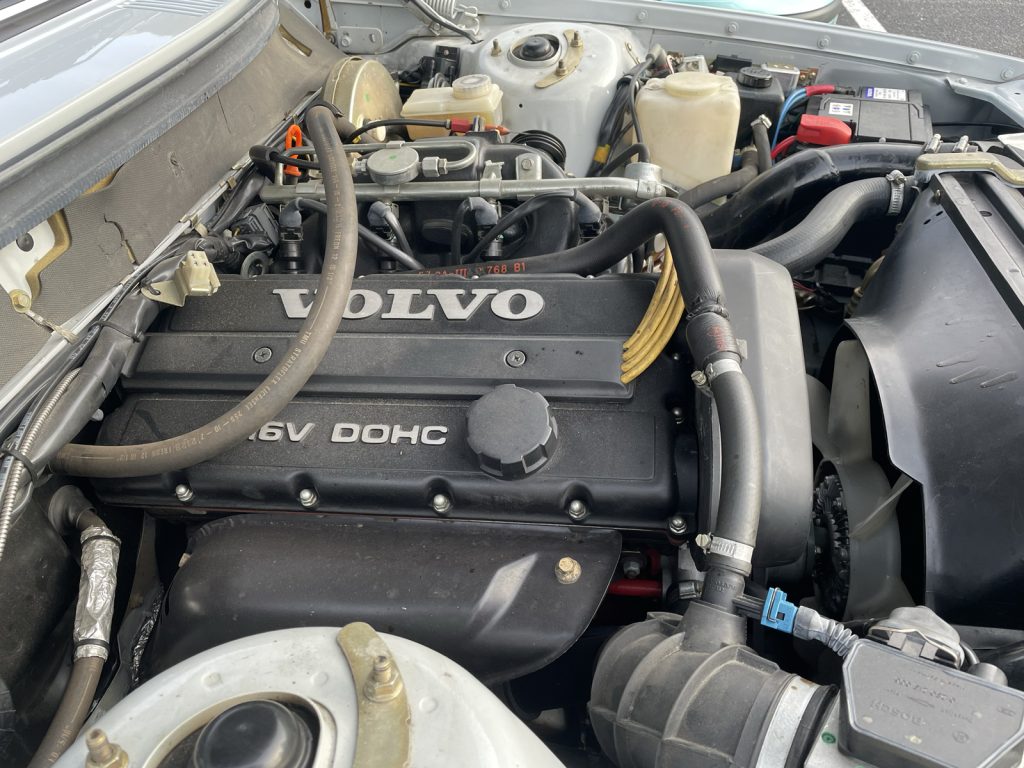
“You’ll like it. It’s like an E30 M3,” suggests Hans Hedberg, curator of Volvo’s heritage collection, as he hands over the keys.
Volvos of this era are best known for their solidity, although in 1985 “The Flying Brick” did win the European and the German Touring Car Championships. He may be on to something.
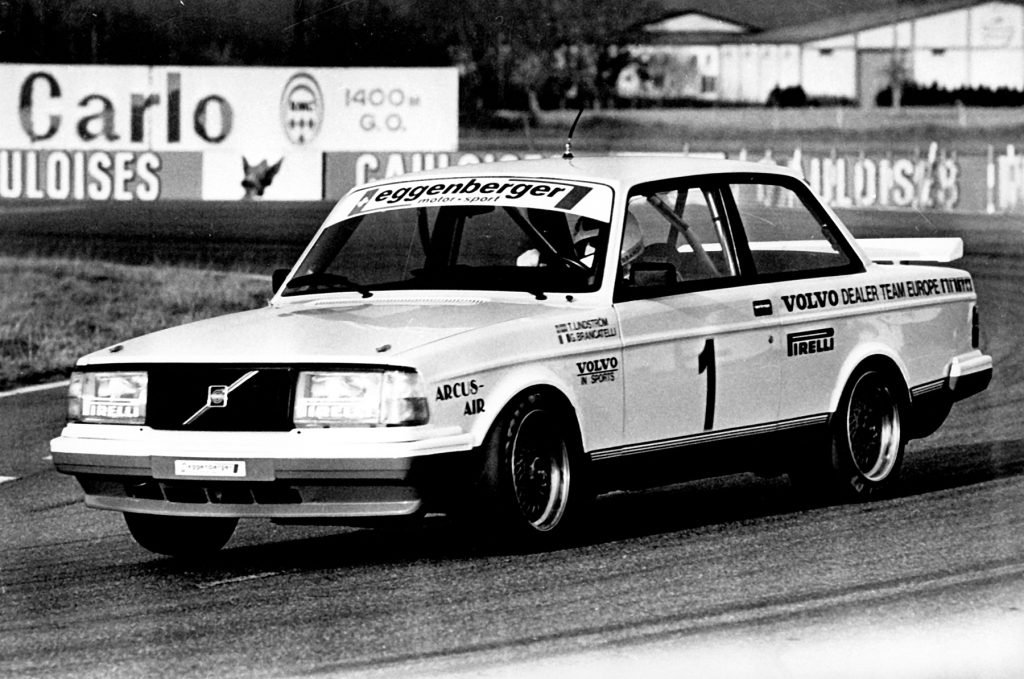
Hedburg, a former automotive editor, sets off rather swiftly in a C30 and I give chase in the 240, still somewhat sceptical about this bold claim. Mostly that’s because I’m a little distracted by the plush interior, with its grey velour seats and matching scatter cushions for the rear bench, the walnut trim that extends to the dash and carphone, and the Sony stereo that’s in addition to the standard Volvo radio cassette and connected to a CD changer in the trunk. I imagine Gyllenhammer blasting out Roxette’s Dressed for Success as he took his daily drive to the factory. Or maybe not.
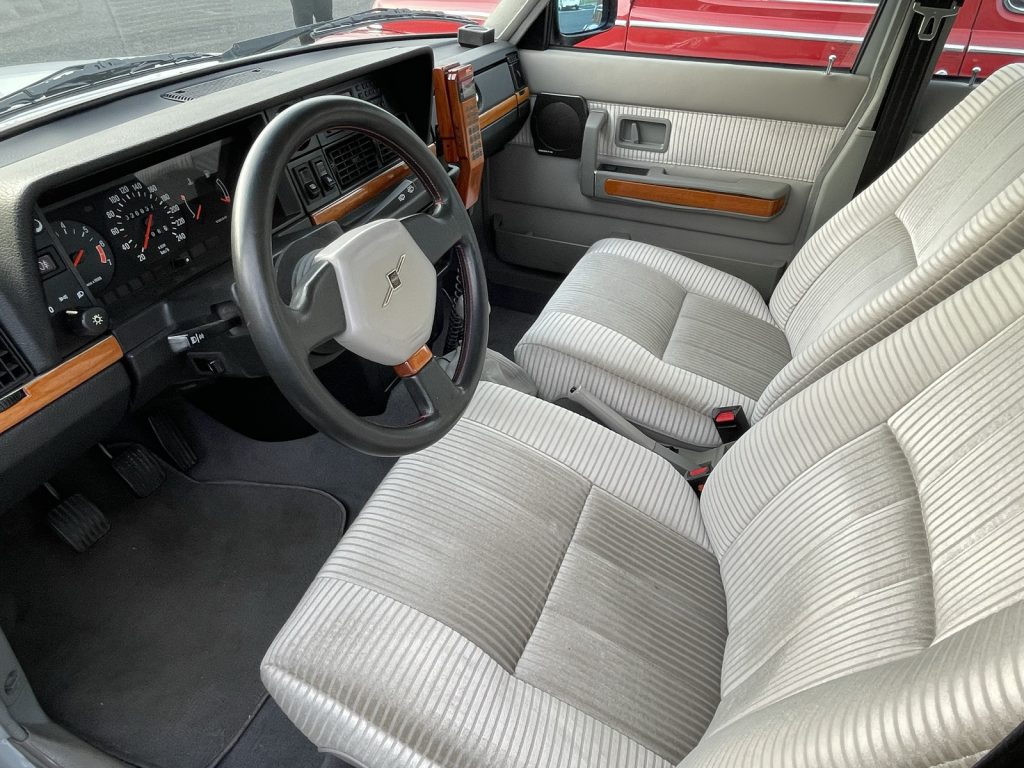
The rocking soundtrack for my drive comes purely from the powertrain. There’s a pleasingly deep bass from the exhaust; then, as the revs rise, a higher pitch emanates from the intake and a whoosh of turbo boost fills your ears.
The turbo requires at least 2500rpm to spin up. From there, you simply rev the engine out to its 6000rpm redline before grabbing the next gear. Do this, and the 240 really does shift along the road. The four-speed (plus electric overdrive) manual transmission has a long throw but is pretty accurate. When working your way down the gearbox, the pedals are spaced close enough for a bit of heel-toeing.
In hot pursuit of Hedburg, who leads me through some entertainingly twisty country roads, I become rather taken with this special 240’s handling. The suspension minimises roll without being too stiff, still able to soak up bumps and imperfections in the asphalt. The steering is accurate and offers fair feedback but is just a tad slow, meaning inputs are a little larger than I initially expect.
So not quite an M3, but the boss’s 240 is still far more agile and entertaining than I’d ever have imagined from looking at it. Gyllenhammar kept the look very low-key, with pale grey paintwork and tasteful alloy wheels but no badging or bodywork bulges to indicate its performance. In fact, the only external clue that this isn’t a bog-standard 240 is that the exhaust has a small cross welded inside to avoid any banana-in-the-tailpipe attacks.
Alas, Gyllenhammar’s time as Volvo’s boss proved controversial. While he oversaw the brand’s significant expansion, his failure to deliver a merger with Renault led to his departure in 1993. At least he could make a quick getaway.


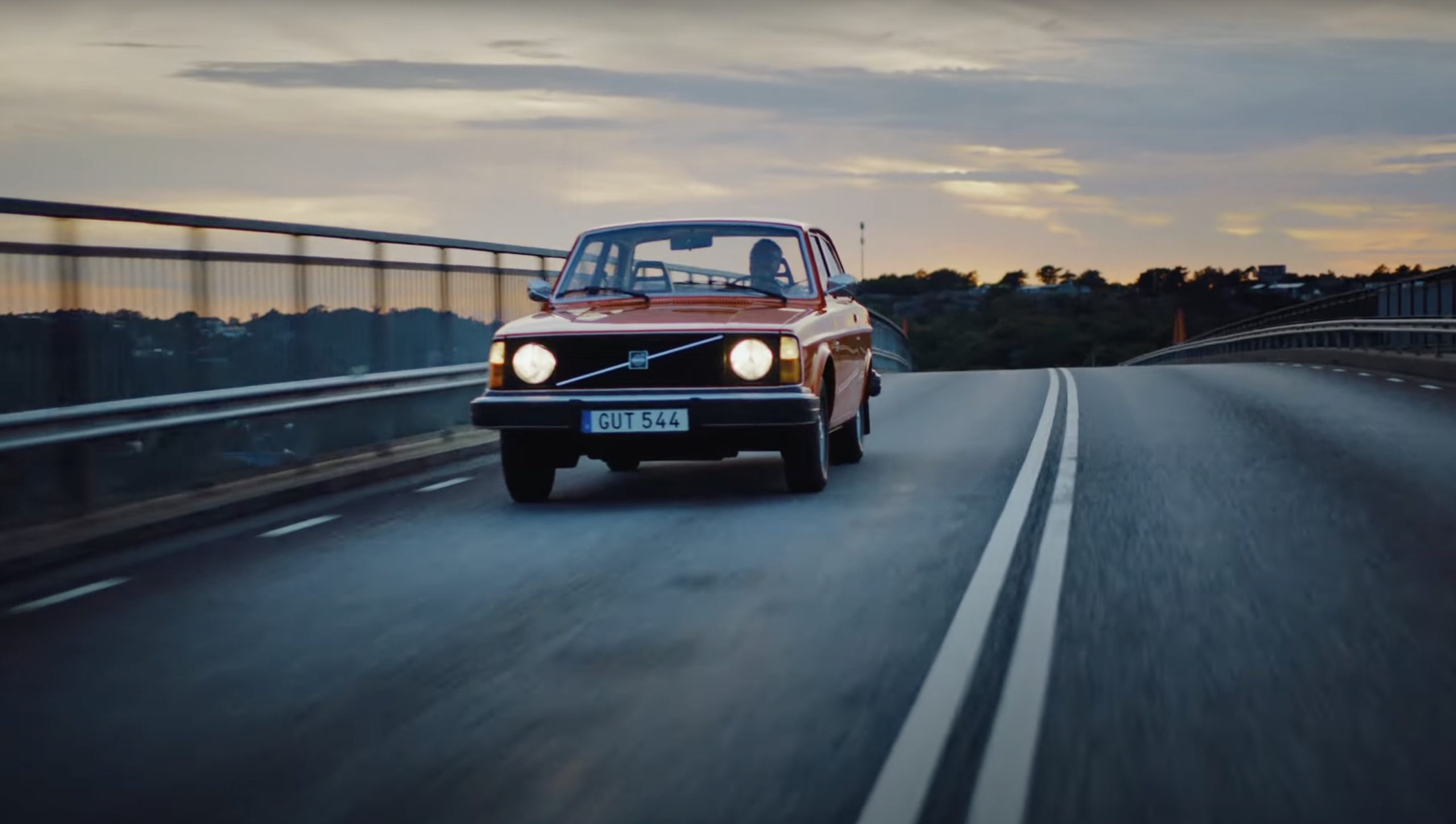

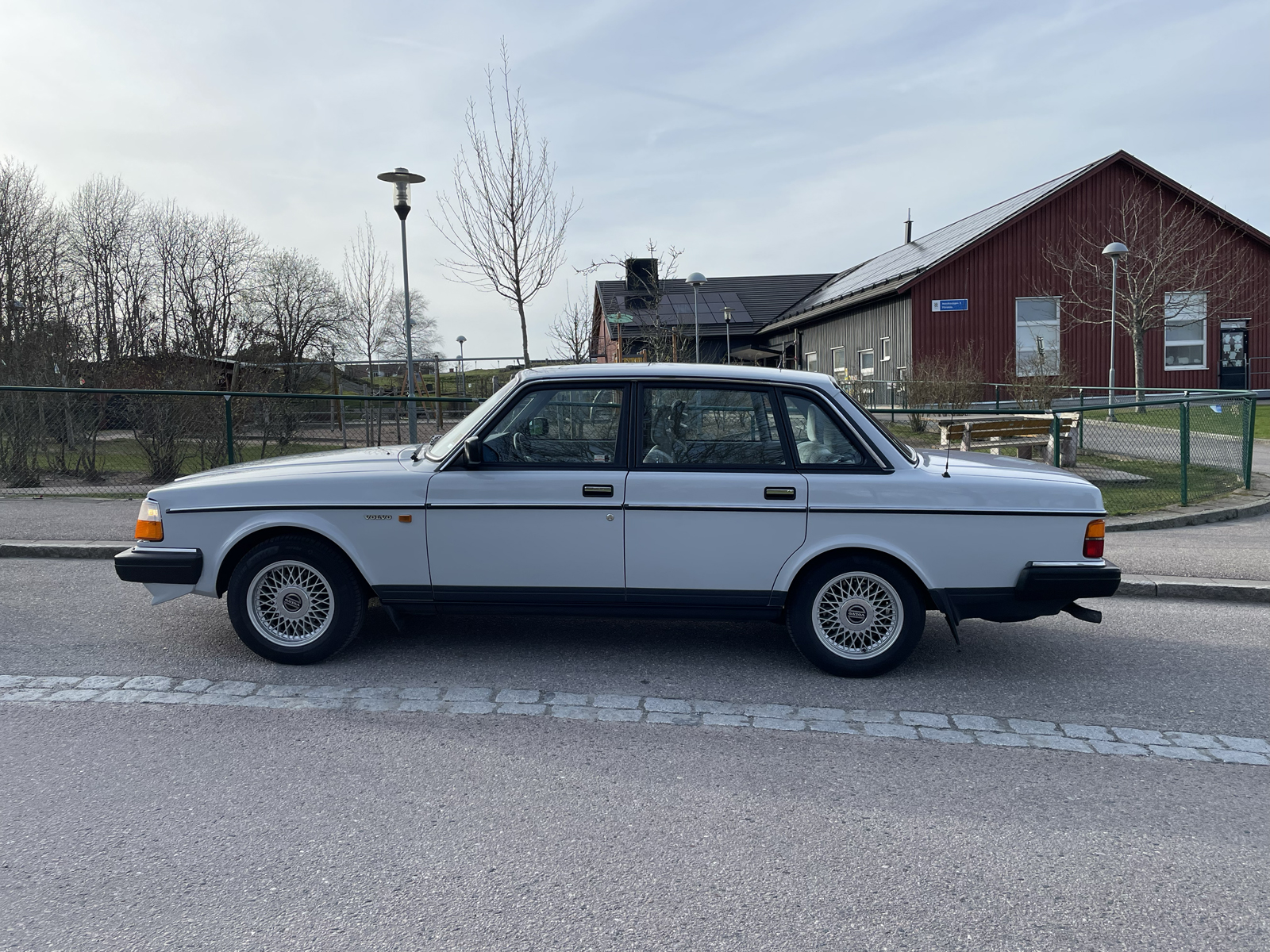
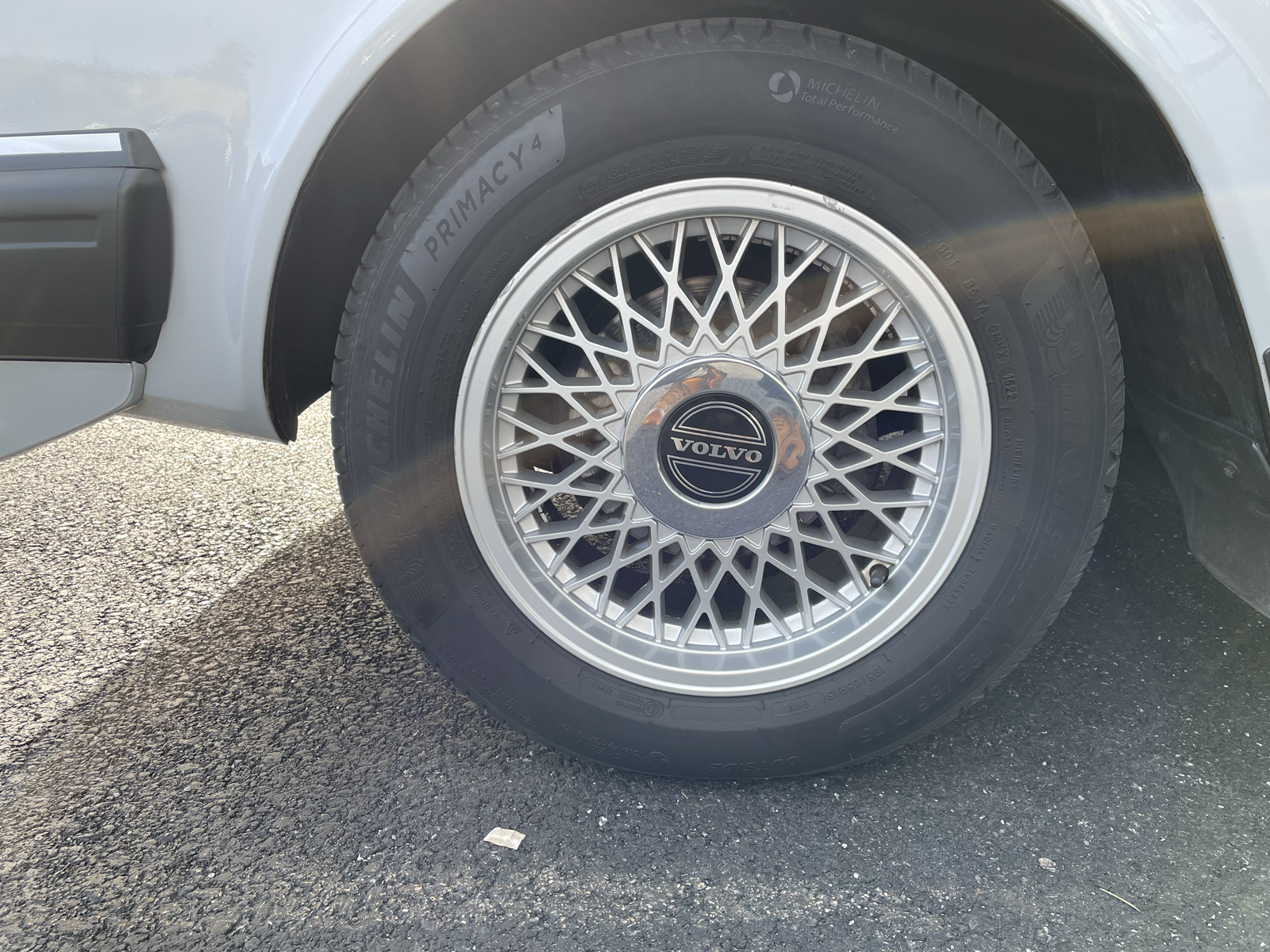


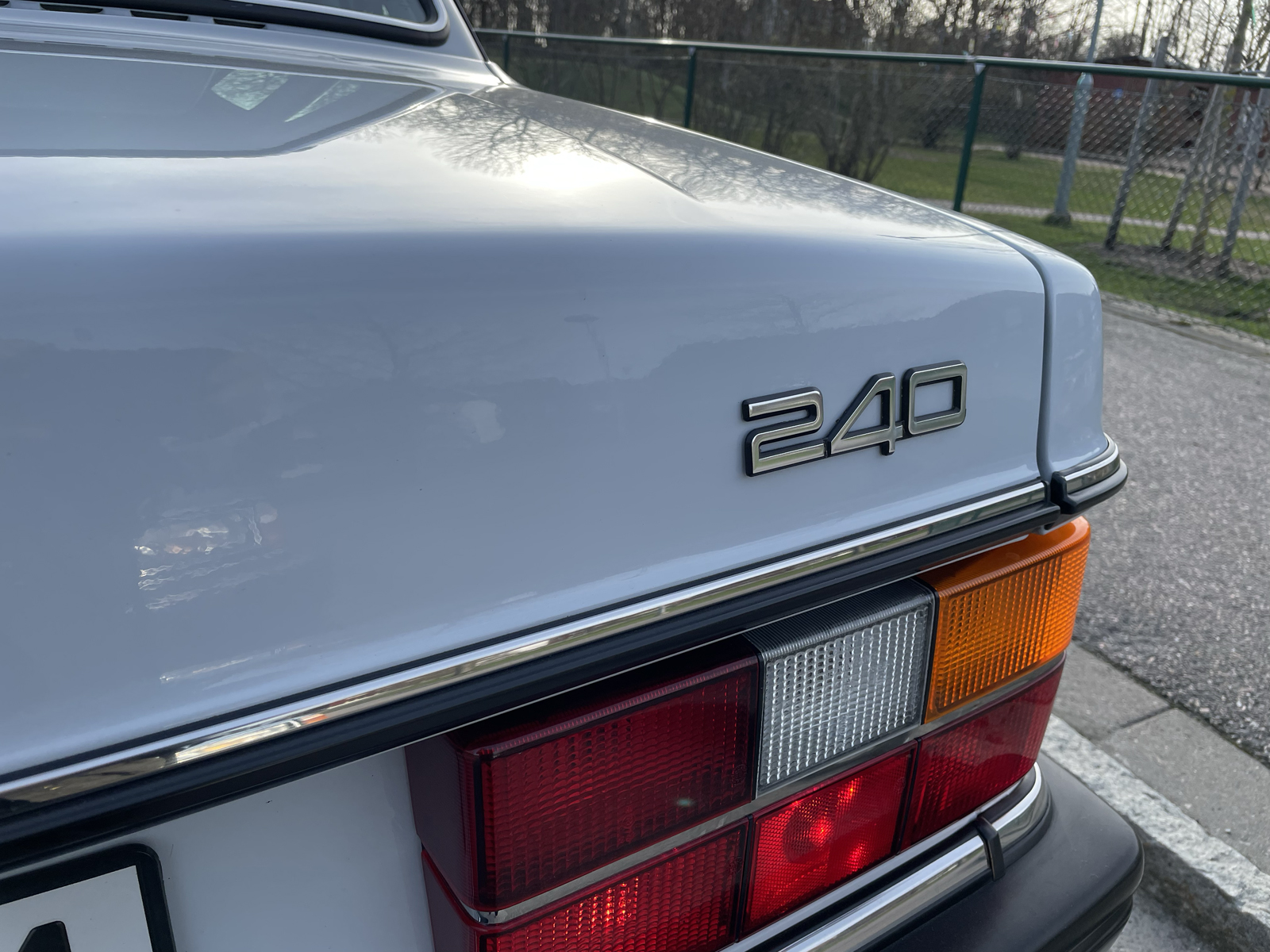







I understood the Mr G got the axe BECAUSE he tried to merge with Renault/Peugeot. His decision to use their HORRIBLE V-6 was almost the downfall of Volvo! They never really recovered from it.